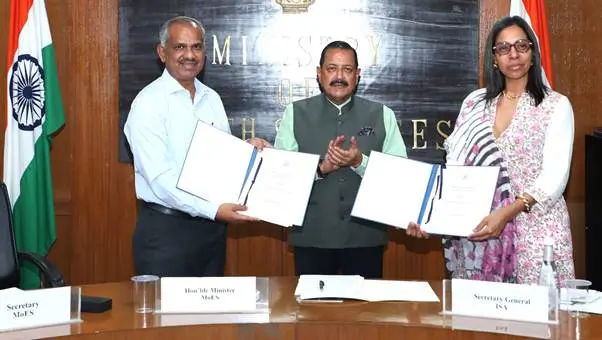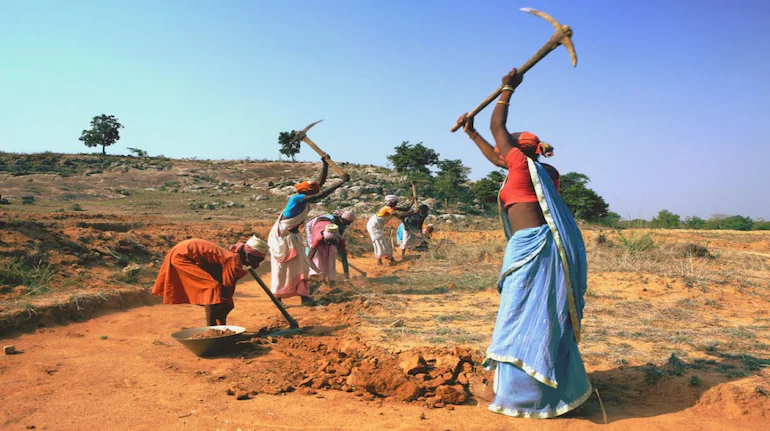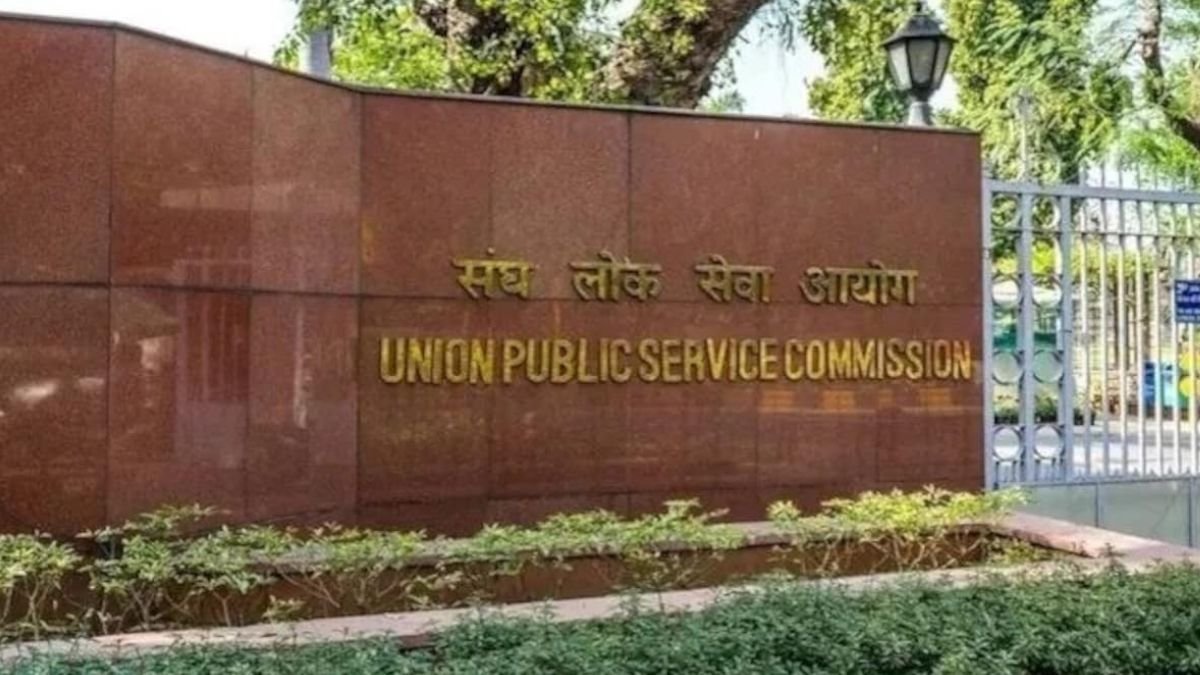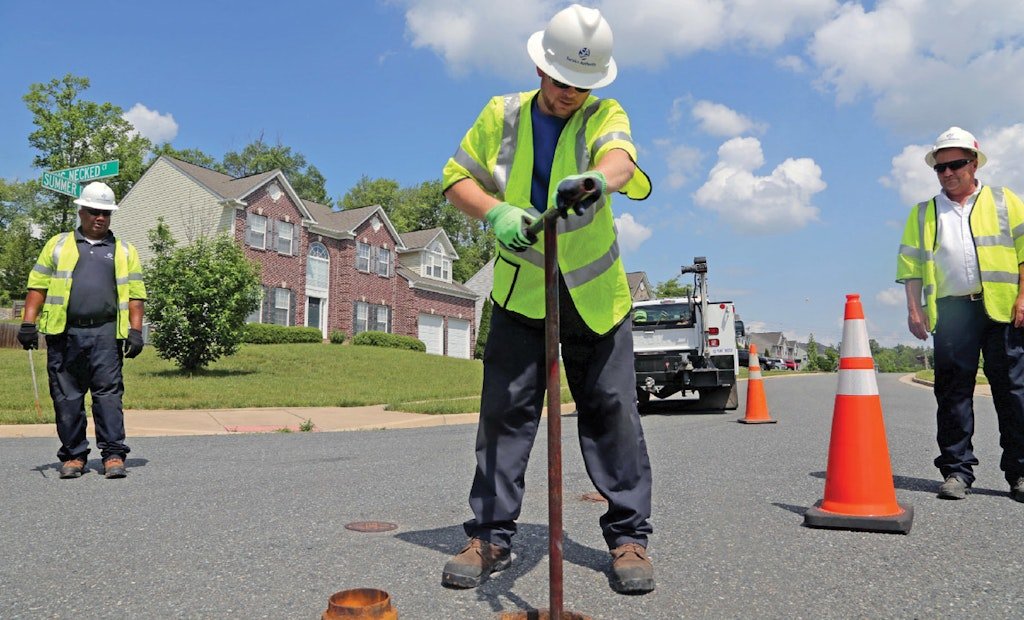Why in the News?
- India has signed a new contract with the International Seabed Authority (ISA) for exclusive rights to explore Polymetallic Sulphides (PMS) in the Carlsberg Ridge of the Indian Ocean.
- This makes India the first country in the world to hold two PMS contracts, giving it the largest area allocated in the international seabed for PMS exploration.
Key Highlights
- What are Polymetallic Sulphides and why do they matter?
- Polymetallic Sulphides (PMS) are deposits found on the ocean floor, formed near hydrothermal vents where seawater interacts with magma.
- They are rich in strategic metals such as copper, zinc, lead, silver, gold, and also contain rare trace elements.
- These metals are critical for:
- High-tech industries (electronics, communication systems).
- Green technologies (renewable energy, EV batteries).
- Defence and aerospace applications.
- India’s land-based reserves of these metals are limited, making PMS crucial for long-term resource and energy security.
- India’s Contracts with ISA
- India now has two contracts with the International Seabed Authority (ISA) for PMS exploration:
- 2016 Contract → For the Central Indian Ridge and Southwest Indian Ridge.
- National Centre for Polar and Ocean Research (NCPOR) began exploratory surveys here, developing strong expertise and infrastructure.
- NCPOR will carry out the PMS exploration in
- Supported by the Deep Ocean Mission, India has acquired deep-sea vessels, Autonomous Underwater Vehicles (AUVs), Remotely Operated Vehicles (ROVs), and is developing the Matsya, a deep-sea vehicle under Samudrayaan Mission.
- 2025 Contract → For the Carlsberg Ridge, covering 10,000 sq km.
- Approved after India’s application in 2024.
- Establishes India as the first nation with two PMS exploration sites.
- Together, these contracts give India the largest exploration area in the international seabed, enhancing both its scientific reputation and strategic advantage.
- 2016 Contract → For the Central Indian Ridge and Southwest Indian Ridge.
- Significance of Carlsberg Ridge
- Geological Significance:
- Part of the mid-ocean ridge system between the Indian and Somali plates.
- Active seafloor spreading (~2.4–3.3 cm/year), formed around 40 million years ago.
- Geological Significance:
- India now has two contracts with the International Seabed Authority (ISA) for PMS exploration:
- Known to host hydrothermal vent systems, prime sites for PMS.
- Strategic Significance:
- Located closer to India (2° N) compared to the Central and Southwest ridges (~26° S).
- Easier to access, reducing logistical challenges for exploration.
- Strengthens India’s presence in the Indian Ocean region, a key arena of maritime competition.
- Scientific Significance:
- India has studied Carlsberg Ridge for over three decades, building valuable oceanographic knowledge.
- Enhances India’s capacity for long-term resource assessment.
- How is PMS exploration different from other underwater mineral explorations?
- Complex Terrain: PMS deposits occur in rugged rocky areas around hydrothermal vents at depths of 2,000–5,000 m.
- Higher Technical Challenges:
- Requires dynamic positioning vessels and precision navigation systems.
- Needs AUVs, ROVs, and advanced sampling tools for near-seabed surveys.
- Multidisciplinary Expertise: Involves marine geology, geophysics, oceanography, biology, and robotics.
- More Difficult than Nodules: Unlike polymetallic nodules found on flat seabeds, PMS exploration is costlier and more challenging.
- How does the ISA allocate a site for mineral exploration?
- International Seabed Authority (ISA) is an autonomous UN body regulating mineral resources in international waters under UNCLOS.
- Allocation Process:
- Country/agency submits application with a proposed exploration area.
- Must include a work plan, environmental baseline studies, and proof of financial and technical capacity.
- The Legal and Technical Commission (LTC) reviews and recommends.
- ISA Council gives final approval.
- Ensures a balance between resource extraction and environmental protection.
- Why is India planning to acquire more Indian Ocean sites for mineral explorations?
- As part of its Blue Economy strategy, India seeks long-term resource security.
- India has applied for exploration of cobalt-rich ferromanganese crusts in the Afanasy-Nikitin Seamount (Central Indian Ocean).
- Objectives:
- Secure access to critical minerals (cobalt, nickel, rare earths).
- Reduce reliance on imported raw materials.
- Strengthen India’s position as a maritime and technological leader.
| Blue Economy Strategy of India
1. The Blue Economy refers to the sustainable use of ocean resources for economic growth, improved livelihoods, and ocean ecosystem health. 2. India, with its 7,500 km coastline, 2 million sq. km Exclusive Economic Zone (EEZ), and strategic Indian Ocean location, has adopted this approach as part of its long-term growth and maritime strategy. Key Elements: 1. Resource Security: Exploration of deep-sea minerals (polymetallic nodules, sulphides, cobalt crusts) under the Deep Ocean Mission. 2. Sustainable Fisheries: Improving fishery resources management, ensuring food security and employment. 3. Renewable Ocean Energy: Developing offshore wind, tidal, and wave energy projects. 4. Maritime Trade & Connectivity: Strengthening ports, shipping, and logistics through Sagarmala Programme. 5. Tourism & Coastal Development: Promoting coastal and island-based tourism. 6. Environmental Protection: Emphasis on marine biodiversity conservation, pollution control, and climate resilience. 7. Strategic & Geopolitical Goals: Enhancing India’s influence in the Indian Ocean Region (IOR) and countering growing maritime competition. |
Key Term
- Hydrothermal Vents
- Hydrothermal vents are fissures or cracks on the ocean floor from which superheated, mineral-rich water gushes out.
- They are usually found along mid-ocean ridges, where tectonic plates diverge and magma rises close to the seabed.
- Cold seawater seeps into the seabed through cracks, gets heated by underlying magma, absorbs minerals, and then escapes back as a hot mineral-rich jet.
- When this hot water mixes with cold seawater, the minerals precipitate and form deposits such as Polymetallic Sulphides (copper, zinc, lead, gold, silver, etc.).
- These vents also create unique ecosystems with organisms like tube worms and bacteria, which survive through chemosynthesis instead of photosynthesis.
- Hydrothermal vents are therefore important both scientifically and economically — they host critical mineral deposits and provide insights into the origins of life.
Implications
- Resource Security
- Reduces dependence on imported critical metals for EVs, renewable energy, and electronics.
- Ensures long-term availability of strategic minerals for food, defence, and technology sectors.
- Geostrategic Edge
- Strengthens India’s Blue Economy vision and maritime influence in the Indian Ocean.
- Counters growing Chinese dominance in deep-sea exploration.
- Proximity of Carlsberg Ridge enhances logistical feasibility and security.
- Technological Development
- Pushes India’s innovation in deep-sea mining technologies like AUVs, ROVs, and Matsya.
- Encourages public-private partnerships and indigenous development under Atmanirbhar Bharat.
- Environmental Considerations
- PMS extraction may impact fragile ecosystems around hydrothermal vents.
- Necessitates sustainable and regulated mining practices.
- ISA requires environmental baseline studies before commercial mining.
- Global Leadership
- India emerges as a pioneer in deep-ocean exploration with two PMS contracts.
- Strengthens its voice in ISA negotiations and international resource governance.
- Positions India as a science-technology leader in ocean research.
Challenges and Way Forward
| Challenges | Way Forward |
| Harsh deep-sea terrain (2,000–5,000 m depth, rocky seabed) | Invest in indigenous deep-sea vessels and robotics for precision operations |
| Environmental risks near hydrothermal vents | Conduct comprehensive environmental impact assessments and adopt green mining standards |
| High cost of technology and exploration | Promote international collaborations and PPP models to share costs |
| Global competition, especially from China | Strengthen maritime diplomacy and assert leadership in ISA forums |
| Limited domestic expertise in multidisciplinary deep-ocean science | Expand capacity building, training, and R&D under Deep Ocean Mission |
Conclusion
India’s second PMS exploration contract with the ISA marks a historic milestone in ocean resource diplomacy. With strategic advantages at the Carlsberg Ridge, India not only secures its resource and energy future but also strengthens its geostrategic presence in the Indian Ocean. Success will depend on balancing resource utilisation with environmental sustainability while developing indigenous technology.
| EnsureIAS Mains Question
Q. Discuss the significance of India’s PMS exploration contract in the Carlsberg Ridge. How does it enhance India’s energy security, technological capabilities, and maritime strategy? (250 Words) |
| EnsureIAS Prelims Question
Q. Consider the following statements regarding Polymetallic Sulphides (PMS): 1. PMS deposits are usually found near hydrothermal vents on mid-ocean ridges. 2. PMS are rich in metals like copper, zinc, lead, gold, and silver. 3. PMS exploration is easier and less expensive compared to polymetallic nodules. Which of the above statements is/are correct? Answer: (a) 1 and 2 only Explanation: Statement 1: Correct: PMS deposits form near hydrothermal vents where mineral-rich hot water emerges from the seabed. Statement 2: Correct: PMS contain copper, zinc, lead, gold, silver, and trace precious elements. Statement 3: Incorrect: PMS exploration is technically more challenging than nodules due to rugged terrain and depth (2,000–5,000 m). |
|
Also Read |
|
| UPSC Foundation Course | UPSC Daily Current Affairs |
| UPSC Monthly Magazine | CSAT Foundation Course |
| Free MCQs for UPSC Prelims | UPSC Test Series |
| ENSURE IAS NOTES | Our Booklist |





